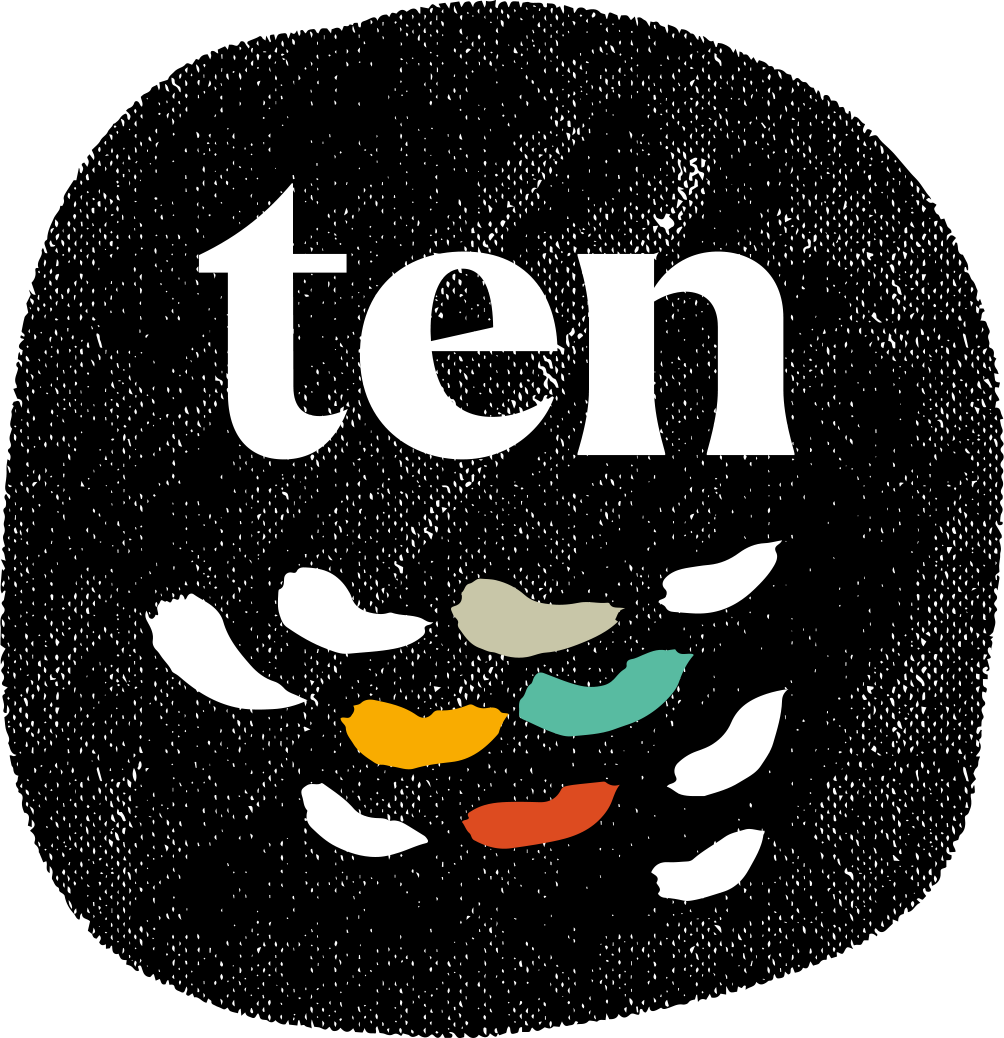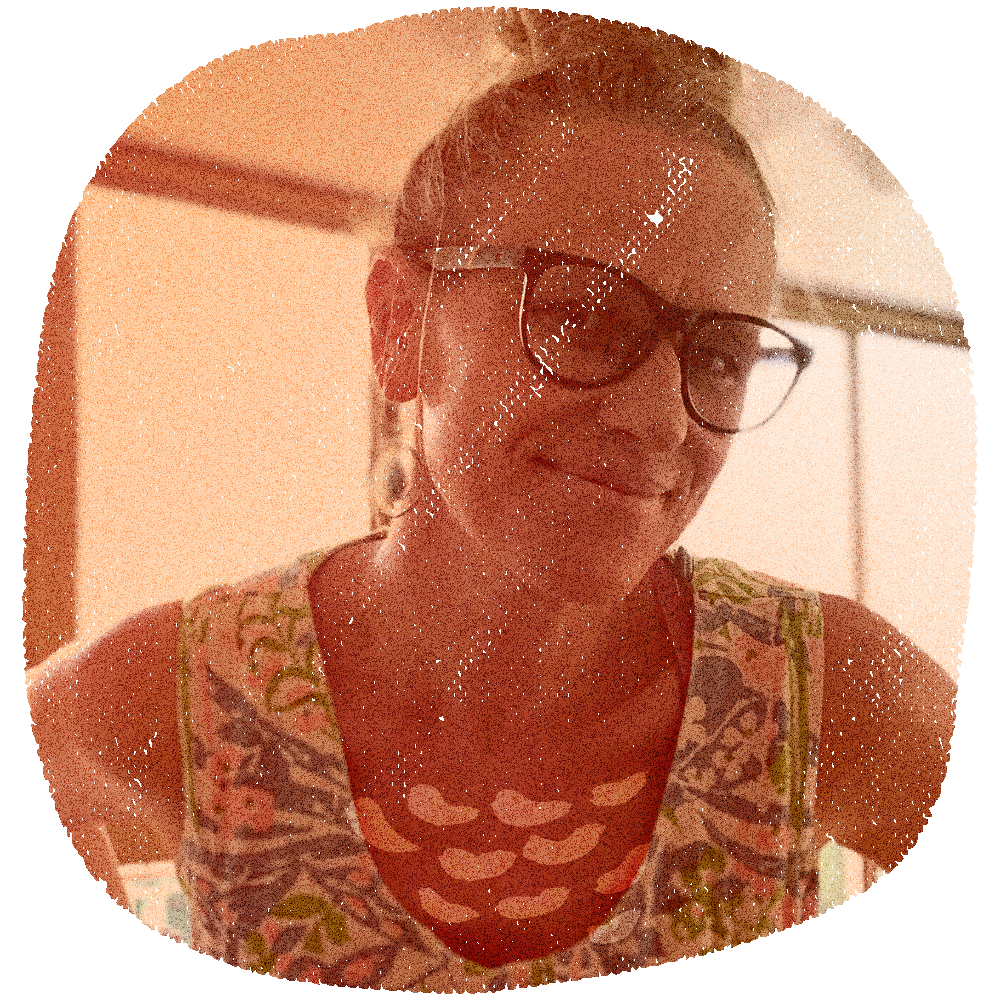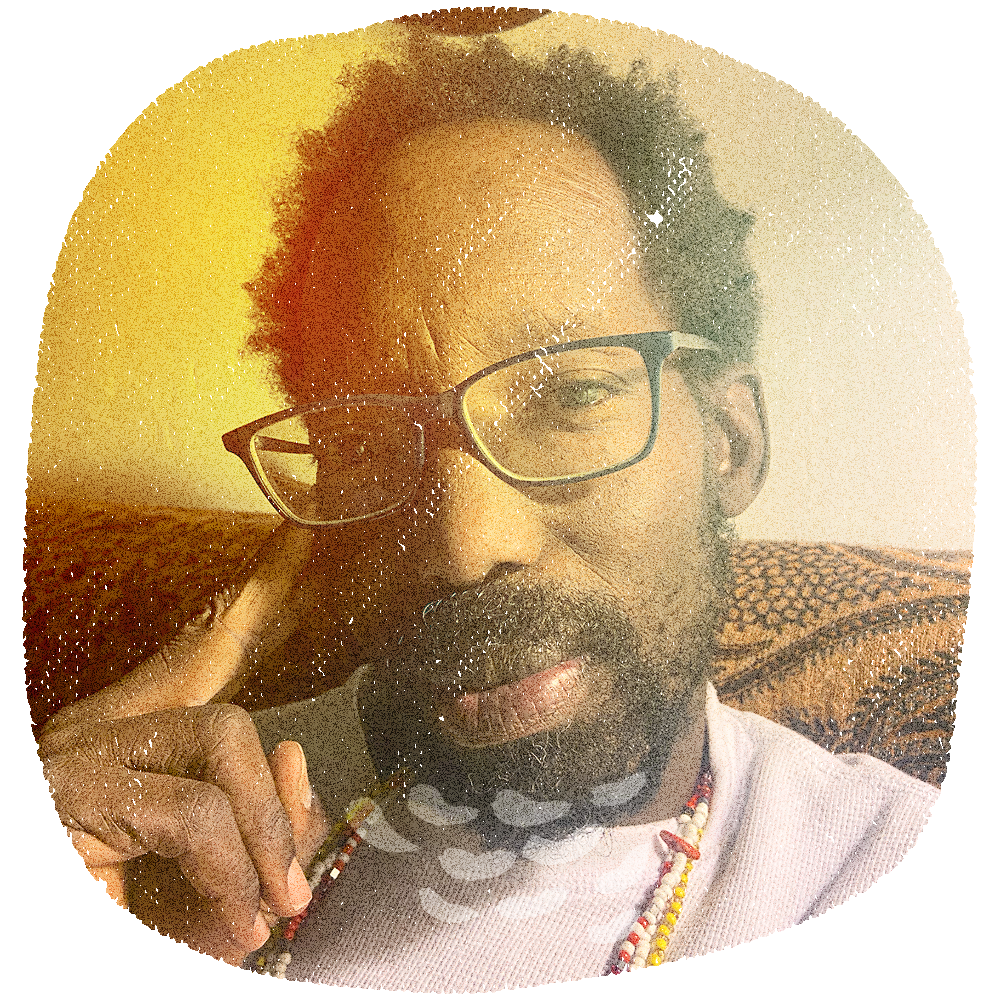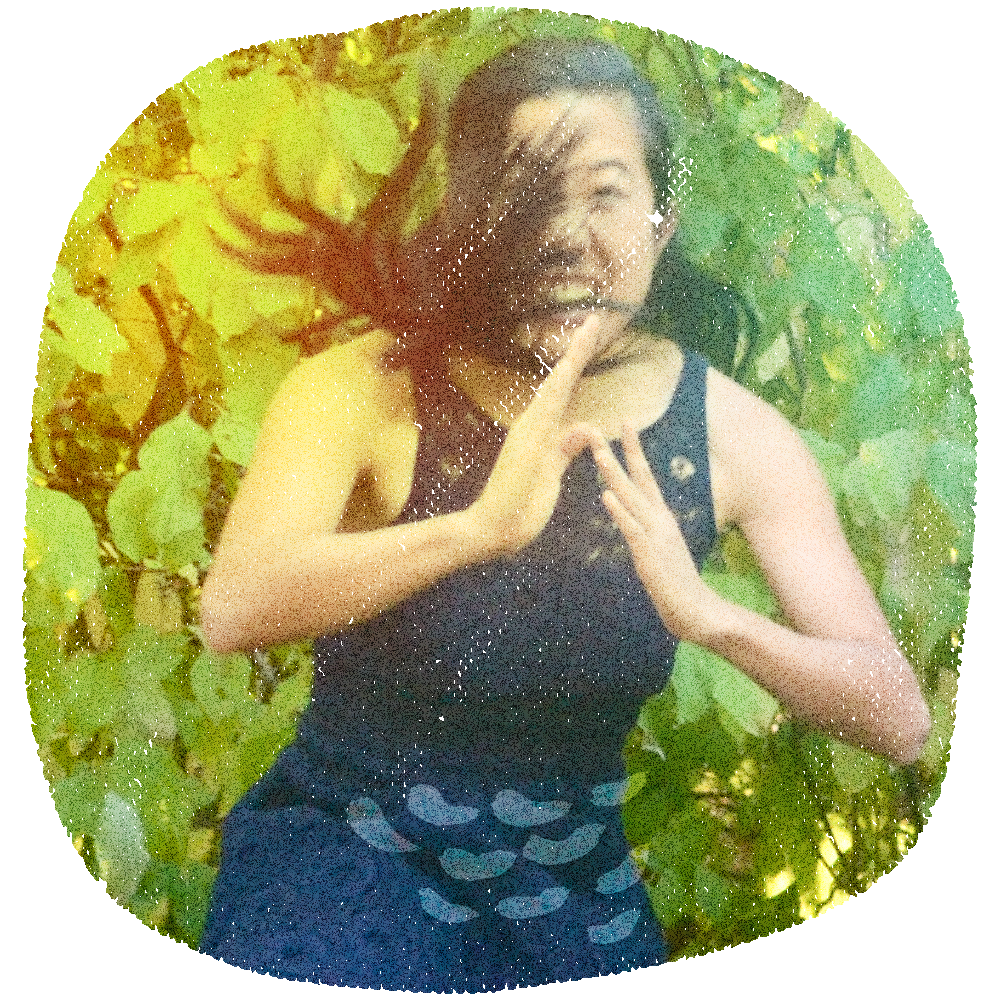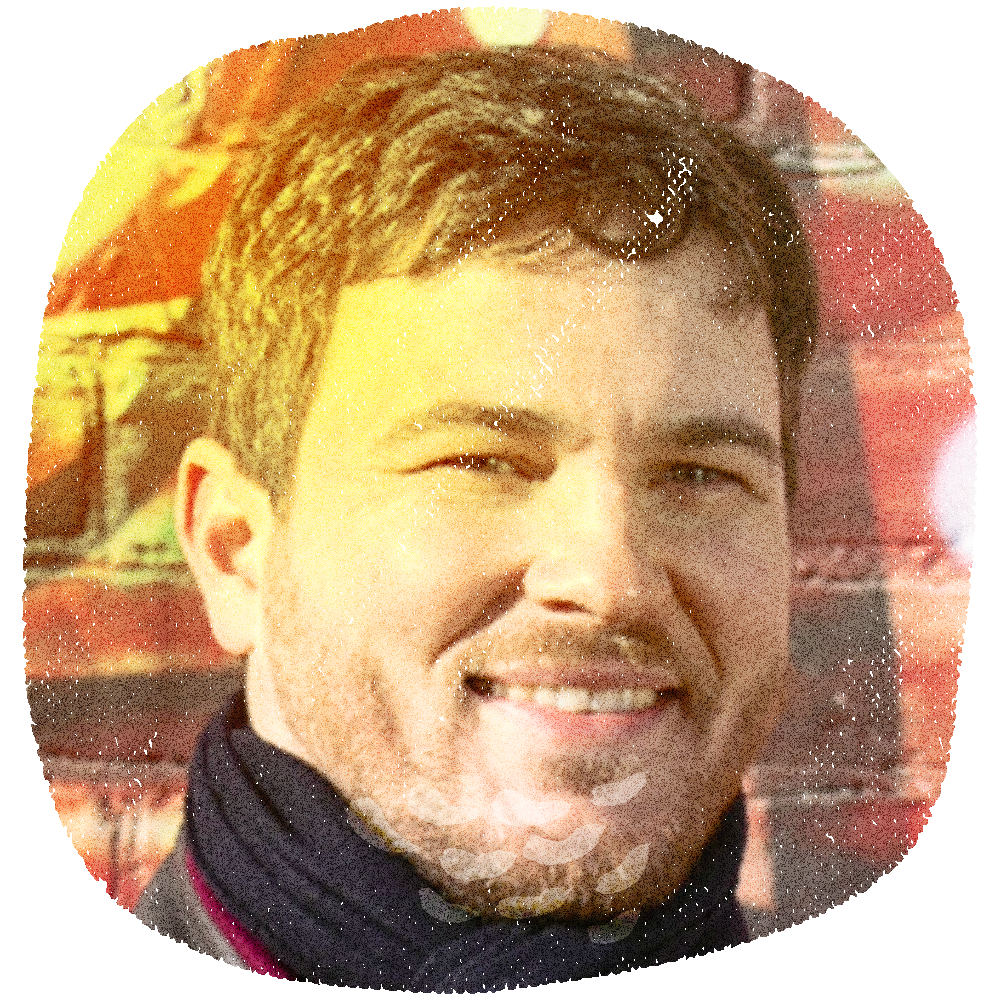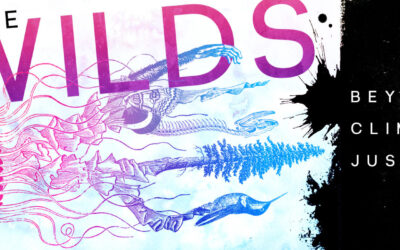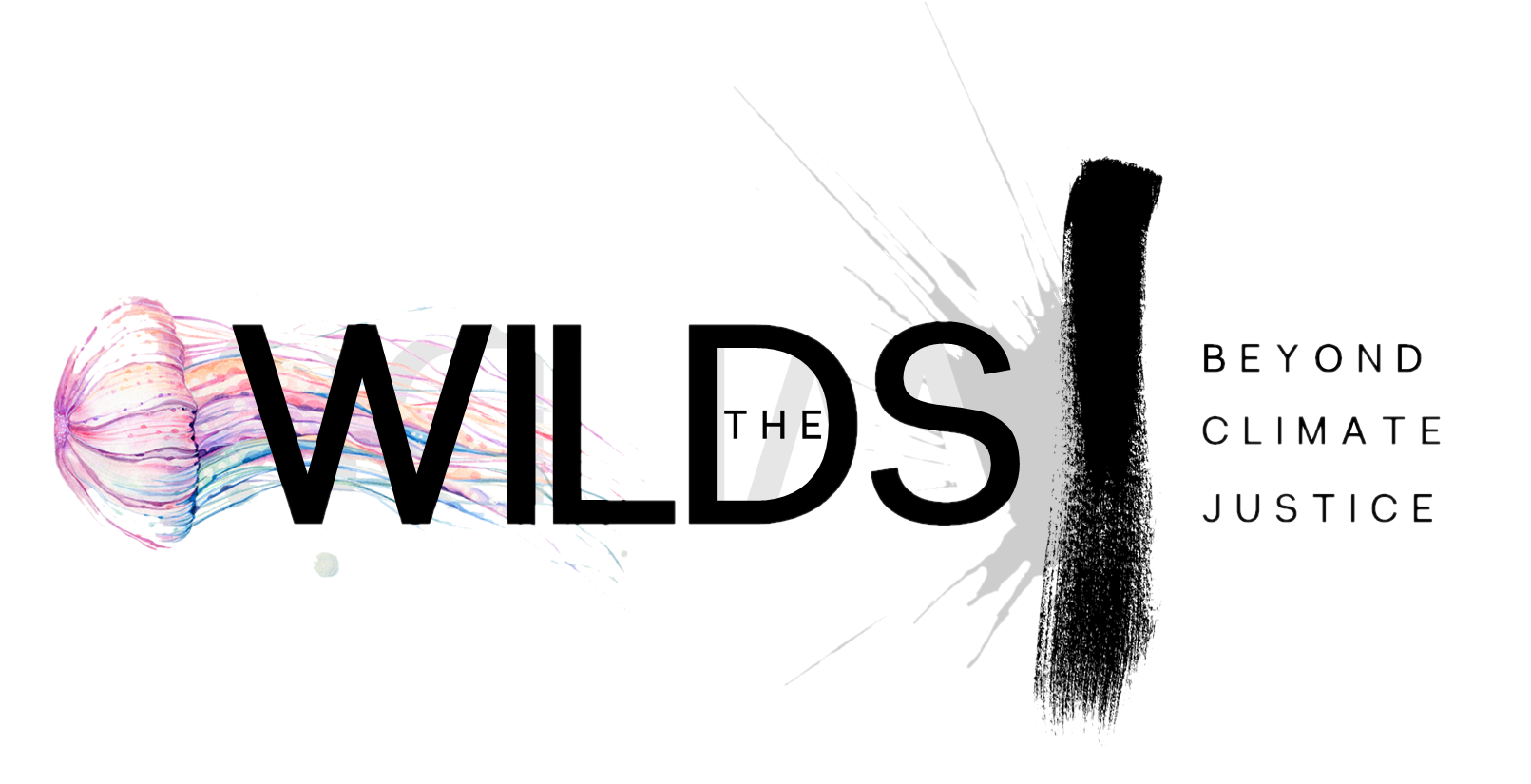

Wilds Beyond Climate Justice Project Description
The Wilds Beyond Climate Justice [past ten events] The Wilds Beyond Climate Justice: A gathering at the end of hope was an experimental online event to engage in different activities, actions, and conversations that evade Western logic as it defines rational climate...
The Wilds Beyond Climate Justice: Opening Remarks
The Wilds Beyond Climate Justice [ten artifacts] The Wilds Beyond Climate Justice: A gathering at the end of hope was an experimental online event to engage in different activities, actions, and conversations that evade Western logic as it defines rational climate...
Wilds Beyond Climate Justice Joe Reilly Mother Earth’s Songs Collective Song Creation
Wilds Beyond Climate Justice [ten artifacts] A gathering at the end of hope was an experimental online event to engage in different activities, actions, and conversations that evade Western logic as it defines rational climate solutions.WBCJ Joe Reilly Mother Earth's...
The Wilds Beyond Climate Justice: Closing Ceremony Harvest
The Wilds Beyond Climate Justice [ten artifacts] The Wilds Beyond Climate Justice: A gathering at the end of hope was an experimental online event to engage in different activities, actions, and conversations that evade Western logic as it defines rational climate...
Reflections on The Wilds Beyond Climate Justice from the Organizers
The Wilds Beyond Climate Justice [ten artifacts] The Wilds Beyond Climate Justice: A gathering at the end of hope was an experimental online event to engage in different activities, actions, and conversations that evade Western logic as it defines rational climate...
artifact
Intention

The Wilds Beyond Climate Justice felt like an opportunity to bring different threads in my life together: hardcore climate activism (and stepping back to reflect on what people engaged with social change were trying to do at all), a transformative Masters program and ecological leadership styles. It was a chance to be really creative in an experiment and have a lot of freedom in a way that I hadn’t had before professionally or as an activist. I resonated with something Báyò said early on about just wanting to live and die well in response to climate change. It felt like an obvious yes.
It felt very meaningful to me as a personal project. The entry point was Báyò’s essay, What Climate Collapse Asks of Us, which to me set a very clear and inspiring vision for how I could be orienting my own work and the professional transition I was in at that time. It gave me a really a really clear, bright sort of guiding light in a certain sense. My intention was to give myself an opportunity to align with something that was inspiring to me and find a way in that direction.
Báyò wanted to put this idea of postactivism out into the world as a theory. And we were trying to investigate: what does it look like as a practice? What is this postactivism? What does it mean? What does it look like? And, especially: What does it feel like? What does it mean to manifest this in the world? One of the other intentions was trying to not focus on the lecture-style/celebrity-style, which often becomes a whole genre. I think we were trying to have different types of interactions.
I saw the international scope of this as being of value to myself and to others. And for me, personally, this notion of an international audience, it was very new. My energy was very much [aligned] with the idea of getting my hands on the levers to design a way for people to actually engage humanly with each other through technological interfaces that allow for it to happen in a very geographically broad way.
The intention was to do something big, something coming from the “center” of The Emergence Network rather than these smaller projects that a couple of curators were holding. It was pretty open; I don’t think it was for a particular sector or audience. But then each of our own excitements and interests like were sparked… and so those little intentions also started little fires all over that made it come alive for others: the volunteers, the care team, and the people who just met ten through this experience.
artifact
Memories
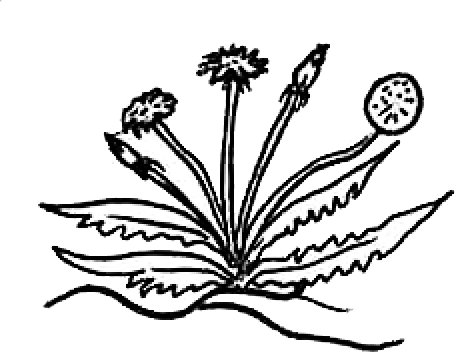
I remember I have never been so nervous in my whole life. I remember at the end of the first full day of the gathering my office was covered with crap: art supplies, snacks, blankets and clown noses. I looked around and thought, “You know what? We are really doing what we set out to do, to create something different.”
The memory standing out the most for me were the 8AM & 8PM check-in spaces, the Braiding and Breathing sessions. It was both experimentalism and care, which was a really sweet combo for me because, oftentimes, I feel like my experiences with people who have the skill sets around taking care of things are oppressively uncreative; and people who have creative, cool ideas were oppressively reckless and careless. So to be in in a process where both sides of that polarity were being tended to in a balanced way felt very alive.
It was this incredibly wild chaos, but held in a space of care. It wasn’t like the experience I’ve had with chaotic situations in the past, where there was a lot of danger and harm. I just never felt that in this space at all. I just felt like: “Oh yeah, we’ve got this.” The closing ceremony was just very moving (and such a relief because I didn’t have to do anything with it). It was so emergent; we only decided what was going to happen like two days before and then Jordi’s there making a fire from scratch… and a live musician making beautiful music. I remember a lot of people were putting in the chat that they were crying and I just thought that was an incredible, incredible ending to a beautiful experience, unprecedented for an online conference in my estimation.
I remember emails with a bunch of questions expressing valid concerns about like: who is this for? I think there were really asking the implicit question of: is this just going to be for spiritual white people or something? I was writing a response to people’s concerns and it felt like I was really putting my heart out into this document. I remember ending the document with something along the lines of: I’m just at a time of my life where I want to throw some seeds on the ground. I understand if the winds blow or the storms come, but like I just want to get the seeds out there. Sometime in the next few days, Owlolábi and I had a call and from that point onward, everything just felt like flow and magic.
I remember how meaningful the experience was for me. I’m thinking about and sitting with how proud I was. Many people might say that year was a turning point in human history or that it was a wild year on Earth (COVID and the uprisings after George Floyd, etc.). To do this as these things were happening… as we’re going through all this stuff together, as strangers and people we may or may not be close to… that’s rare, that’s rare.
I wrote the word confrontation in my journal… which may include transformation – maybe it’s similar to this experimentalism – but it’s beyond climate justice. It’s not just an experiment… it’s really trying to challenge something and postactively trying to find something new. It was just a vibe. Like the whole thing about asking questions: we came here for questions, we’re here to ask the questions, we’re dancing with the questions; we’re not trying to give answers, we don’t know the answers. It was just a vibe. There are too many memories to name.
artifact
Essence
We’ve compared it to a jam session before: people were there just playing their instruments, playing to their own strengths; and not just the team, but the presenters and volunteers and participants too. We created a space for others to come in and play.
Part of what the Wilds helped me tap into is the idea that these technological tools for connecting at a global scale don’t require us disembody from our consciousness and upload it into the Internet to have some experiences together on the screen or on the computer.
This was actually a thing that everybody was doing and having real-time, shared, embodied experiences together. It really was like a dance on a stage. It’s just that the stage happened to be in a whole bunch of different people’s rooms, in a whole bunch of different places. And people were in those rooms having embodied experiences and sharing them with each other and learning how to collaborate and communicate and coordinate in a way that could actually manifest IRL, so to speak… even though we were doing it completely mediated through standard video conferencing technology and Mighty Networks and blah, blah, blah. The sense of the “beyond” that we were talking about asks: how is this not just a game that we’re playing on our screens, but actually about being fully fleshly embodied humans together in really different places on the planet at the same time.
artifact
Arisings
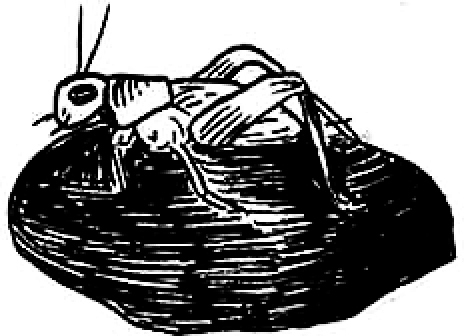
At that time, I don’t think we were really talking about postactivism at ten, it wasn’t that alive in the same way that it is now. What arose for me was that in the Wilds Beyond Climate Justice, I had an experience of postactivism before it became this concept that we had to try to define. We lived it. Maybe that seems crazy because it might appear like we just made a song together and did a clowning workshop, and breathed and braided forever… but it’s a tangible experience that let me feel what we’re talking about when we say postactivism.
One of the most magical things that arose out of the Wilds Beyond Climate Justice was the endearing, intimate relationship between the four main organizers, Owólabi Aboyade, Karen Leu, Alex Rodríguez and Aerin Dunford. Some unrepeatable alchemy just happened there. This crew, affectionately known as The Dream Team, continues to meet and support each other regularly. In 2022 they co-wrote a piece based on their experience in the Wilds called The Necessary Weirdness of Global Silly-Darity.
The preciousness with which I hold this experience in my heart and the relationships with the other organizers is something that never fades.
